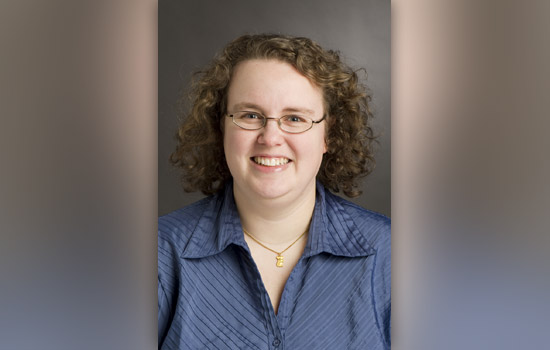Maywood Resident Uses Sensing Technology in Mexico to Aid Archeological Dig
Kelly Canham also wins award from DigitalGlobe
Kelly Canham
Maywood resident Kelly Canham will travel to Oaxaca, Mexico, Dec. 1–14 to gather data for her doctoral thesis at Rochester Institute of Technology’s Chester F. Carlson Center for Imaging Science.
Canham, the daughter of Garry and Rogena Canham of Maywood, Mo., is a graduate student in RIT’s Digital Imaging and Remote Sensing Laboratory in the Center for Imaging Science. She expects to complete her doctoral work in imaging science in the spring.
While in Mexico, Canham will use a specialized imaging device she won temporary access to through the Alexander Goetz Instrument Program. The spectral radiometer measures the amount of light reflected from a material at each wavelength along the electromagnetic spectrum. Canham will use the instrument to build a spectral library that distinguishes between different vegetation and minerals in the soil in Oaxaca.
Canham’s research will help RIT professor Bill Middleton identify the most promising dig sites. Middleton is piecing together a picture of the Zapotec civilization, an ancient people who formed the first state-level and urban society in Mexico.
In related news, Canham won an award from DigitalGlobe for her novel use of the company’s 8-band imagery.
“My paper was titled ‘Spectral Unmixing of WorldView-2 Data for Archaeological Applications,’ but was more about spectral unmixing than archaeological applications,” Canham says. “The general idea is that by using my algorithm for unmixing Hyperion data, I am able to unmix WorldView-2 data better than other common full-image-wide approaches because I am only unmixing small tiles and then combining them together afterwards. This allows for wider applications of all WorldView-2 data.”
As an award winner of the 8-Band Research Challenge, Canham won $5,000 and gave a poster presentation of her work in Rio de Janeiro, Brazil, in August.









